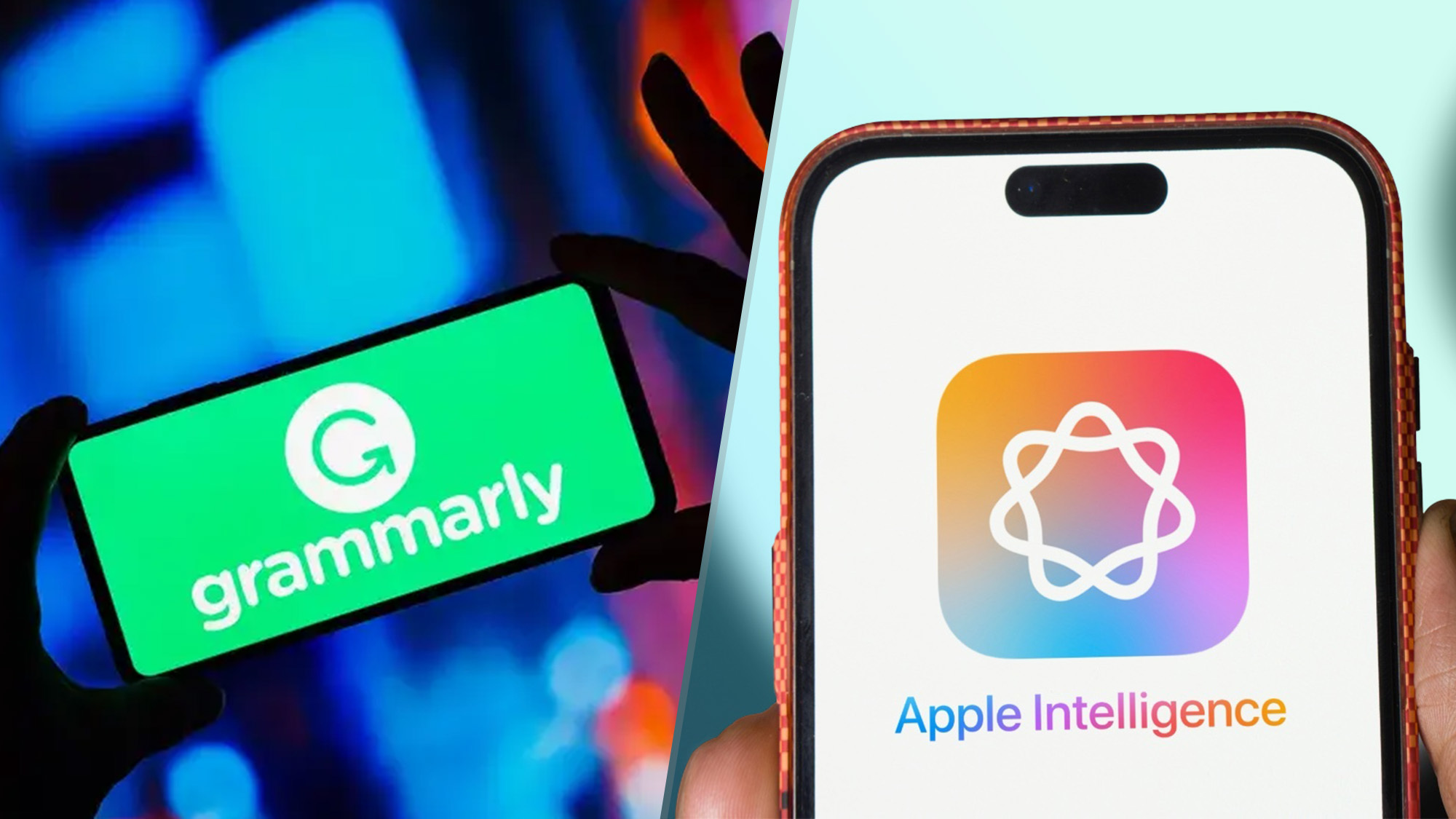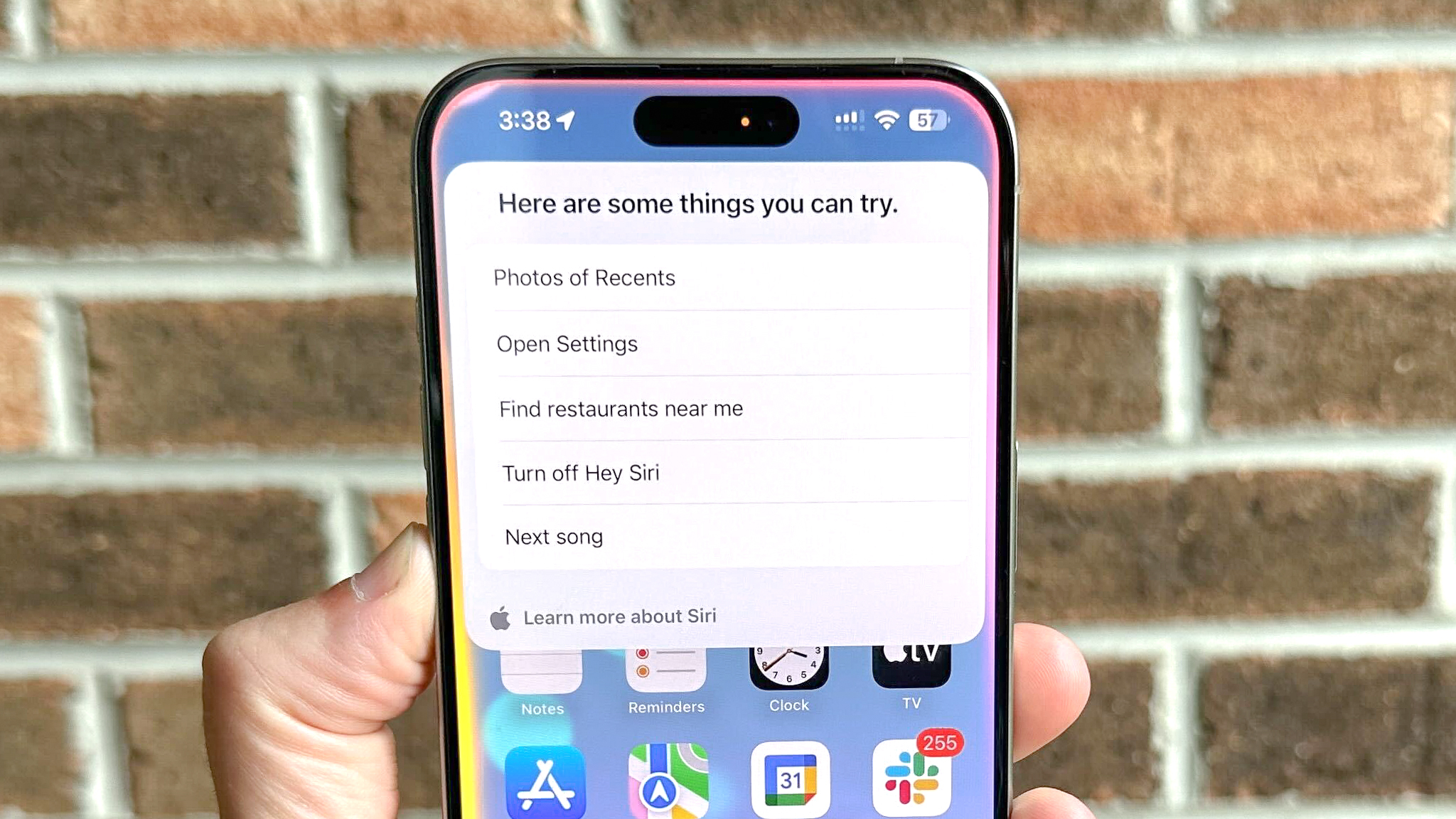
Up until recently, Grammarly has been the go-to for writers as a means to harness wide-coverage grammar correction and stylistic refinement. I’ve written about Grammarly many times and almost never start a document without it. But now that Apple Intelligence has entered the field with a focus on making writing much simpler right from your iPhone, iPad, or Mac, is Grammarly obsolete?
Although both services share some of their functionality, I personally believe that the unique features of each of the two platforms can coexist for a more complete writing toolkit. Let’s take a look at what both AI tools offer and then breakdown if Grammarly is still relevant as Apple Intelligence systematically integrates similar tools.
Grammarly is a comprehensive, cross-platform tool

Grammarly, particularly its Pro version, has established itself as a leading writing assistant, offering an extensive range of features that cater to various writing needs. It works across over 500,000 applications and websites, including Google, Microsoft, and Slack. Wherever you go with your words, Grammarly goes with you.
It isn't perfect and does have a tendency to offer suggestions that can make the writing feel a little dull or flat, but I find it helpful most of the time.
Snapshot of Grammarly Pro’s features
- Grammar, spelling, and punctuation checks: This is perhaps the most obvious as Grammarly ensures users’ work is free from errors with real-time grammar correction.
- Tone adjustments: Whether you want your writing to sound more polite, confident, or formal, this is a standout feature.
- Full-sentence rewrites and vocabulary suggestions: Grammarly helps correct and even improve word choice and sentence structure.
- Plagiarism detection: For writers in academia and professional settings, this is a critical tool that checks content against a vast database to prevent unintentional plagiarism.
- Citation style formatting: Honestly, this one is huge. I wish I would have had it in college because Grammarly help formatting citations in APA, MLA, and Chicago style is truly invaluable.
- AI-generated content: Grammarly provides 1,000 AI prompts per month, allowing users to generate ideas, outlines, or drafts with ease.
- Browser extension: This one is definitely a game changer because it allows Grammarly to integrate seamlessly across platforms like Google apps, Microsoft, and various web browsers, giving users flexibility across devices.
Grammarly’s strength lies in its wide-ranging applicability. Writers of all abilities can find it helpful for professional emails, academic papers, creative writing, and even social media posts. The AI-driven suggestions cover everything from grammar and tone to in-depth style choices, making it a go-to tool for users looking for dynamic, full-service writing assistance.
Keep in mind that writing still needs a human aspect and you don't need to accept every change Grammarly suggests that you make. I've been writing for decades and find that Grammarly is a good sidekick, but shouldn't take the lead.
Apple Intelligence offers seamless integration

Apple Intelligence, on the other hand, has introduced systemwide Writing Tools that are deeply integrated into iOS, iPadOS, and macOS, offering a more streamlined, user-friendly approach that’s as seamless as choosing an emoji.
Snapshot of Apple Intelligence features
- Rewrite: This feature allows users to create alternative versions of text within any app, ensuring flexibility in tone and style. It’s ideal for users who want to adjust wording for different contexts, from casual messages to formal emails.
- Proofread: Similar to Grammarly, Apple Intelligence offers grammar, spelling, and sentence structure improvements. However, Apple’s integration across all native apps and many third-party apps ensures that users can access these tools seamlessly without switching platforms.
- Summarize: A unique feature that allows users to quickly extract key points or summarize lengthy documents and articles, streamlining the process of digesting large amounts of information.
Apple Intelligence is designed with simplicity and accessibility in mind. Its ability to function within any Apple application makes it a convenient option for Mac and iOS users who want real-time writing assistance without leaving the platform they’re working on. Its summarization tool stands out as particularly useful for professionals and students who need to condense information quickly.
How Grammarly and Apple Intelligence complement each other

While both Grammarly and Apple Intelligence feature proofreading and rewriting, they differ in the extent of these services, in how they are integrated, and in the user experience one may enjoy from them. For example, I have an iPhone and appreciate the writing tools of Apple Intelligence on it, but my laptop is a PC, and I need Grammarly as my writing tool when I use it. Android users do not have access to Apple Intelligence on their smartphones, and they may choose Grammarly as their first choice of writing tool app.
The strong points of Apple Intelligence are based on perfect integration within the Apple ecosystem. Apple embeds Writing Tools into macOS, iOS, and iPadOS to enable users to improve their writing without leaving native apps. The Summarize feature also provides a unique functionality that Grammarly does not currently offer, making Apple Intelligence particularly useful for professionals dealing with large amounts of content.
For users who want a balance of depth and convenience, the use of both tools would make a complete writing solution. Grammarly can do the heavy lifting when it comes to grammar, tone checks, and plagiarism; Apple Intelligence is a great choice for quick rewrites and summarization. Together, these enhance the user's writing experience by offering flexibility and sophistication that is required for many types of text.
Verdict: Apple Intelligence and Grammarly can coexist
If you’re like me, an equal opportunity writing tool user, you already know that Grammarly and Apple Intelligence can absolutely coexist. I use Apple Intelligence on my iPhone and Grammarly on my computer so no matter where I go or sit, my grammar is on point. Grammarly offers a wider range of writing tools, such as plagiarism check and citation style formatting, that Apple Intelligence doesn’t have, so even if I used a Mac, I’d need to install Grammarly as a browser extension.
The two AI writing tools cater to slightly different needs, workflows, and preferences. Grammarly offers a detailed, all-in-one writing assistant that is ideal for users looking for comprehensive content improvement, including those working across multiple platforms. Apple Intelligence, by contrast, is perfect for users who prefer the ease of writing directly within their Apple ecosystem without the need for third-party apps. Its streamlined interface and emphasis on simplicity complement Grammarly’s more advanced features.
Grammarly and Apple Intelligence serve different yet complementary roles in improving writing quality. Whether you need a full-scale writing assistant or quick, integrated suggestions, both platforms can coexist to meet diverse writing needs. If you ask me, both are important, and Grammarly remains very much relevant and necessary. Rahul Roy-Chowdhury, CEO of Grammarly agrees, writing on the company blog, "Despite speculation about perceived threats from companies like Apple, Microsoft, and OpenAI and a new crop of 'RIP Grammarly' headlines, I’m entering the chat to say we’re here and we’re thriving."







